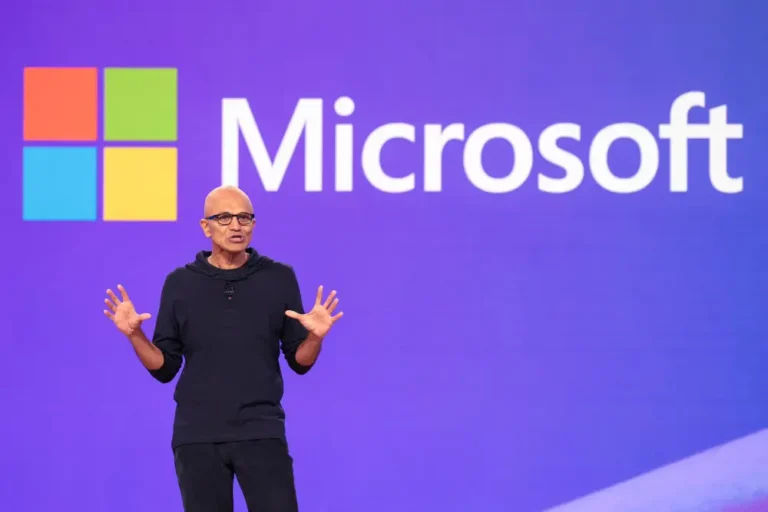Instagram boss Adam Mosseri teased a return of the Reels Bonus program after getting grilled by a creator — and clarified Meta’s stance on nipples

- Instagram hosted an event for creators, social-media managers, and journalists in New York.
- Top exec Adam Mosseri made a surprise appearance at the event, where he was grilled by the audience.
- Here are six takeaways — including why Instagram changed its incentive programs.
If all creators were given the opportunity to ask Instagram’s top executive, Adam Mosseri, one question, I’m sure many would ask: Why did you stop paying us thousands of dollars to post reels?
One brave creator did just that at Meta’s “Instagram University” event on October 6, which gathered emerging creators, social-media managers, and journalists at Meta’s Hudson Yards headquarters.
“I just have a baby beef with Instagram,” a beauty creator exclaimed during the event’s final Q&A session. “Particularly surrounding the Reels Play Bonus — I’m just wondering, why … where did it go?”
Mosseri, who appeared to be speaking impromptu at the IGU event, launched into a lengthy explanation.
“We want to make it so that as many people as possible can make money on Instagram, whether it’s to make enough money to make a living, or just to make a little bit of extra money just to kind of make it worthwhile,” Mosseri said in an interview. “But we need to make sure that all the different things that we build for creators to monetize are sustainable.”
Mosseri explained that when Instagram first launched its bonus programs in 2020, the concept was simple: Instagram would incentivize creators to post content, creators would respond by sharing content that made Instagram “more interesting,” Instagram would then make money from the influx of content, and that money would be used to pay creators.
“In practice, we went really big, really fast in the US because we, at that time, were way behind TikTok, and so we were spending in a way that was just burning cash,” Mosseri said in an interview. “We were putting way more money into the program than was coming out of the program, and we’re a business at the end of the day, so that kind of program can’t last forever.”
In other words, it’s not you, it’s me (according to Instagram).
Mosseri, citing Meta’s “really rough” performance last year, stated matter-of-factly, “I couldn’t afford to run that program in the US.”
According to Mosseri, Instagram has continued to experiment with creator incentives in these regions after reconfiguring the budget and program to exist in a new form in Japan and South Korea, and has “made a ton of progress.” These programs aren’t just about paying for reels. Instagram is also testing out rewards for photo and carousel posts.
“We’ve gotten that program to a place where it’s, I think, more sustainable,” Mosseri said in an interview. “And so now what we can do is try to bring it back either to the US or to other important countries around the world for us.”
Mosseri did not specify when the right time would be to return bonus payments to the United States.
This wasn’t the only question audience members had for Mosseri, who invited them to tell him what they wanted Instagram to change.
Here are five more things to remember from Mosseri’s surprise appearance at the IGU meeting:
- We apologize for the lack of links in the Instagram feed. “The issue is, if we open it up so that you can post links to feed, it’ll meaningfully change the entire Instagram feed to shift more towards news, more towards publications, more towards links,” Mosseri explained, potentially exposing Instagram to a barrage of conflicts such as spammers or misinformation. Instead, Mosseri recommended Meta platforms such as Facebook or Threads, where links are more easily shared and the platforms aren’t as visually appealing as Instagram.
- Instagram is not “anti-news,” but it will take a hands-off approach to news content. Mosseri is hesitant to go all-in on news on any of the platforms he oversees after running Facebook’s News Feed in 2016. “What’s pretty interesting about news from our side is that it’s like a lot of other industries where power is shifting from institutions to individuals: Journalists are building up brands for themselves outside of the publications that they work for,” Mosseri said in an interview. Despite having a place on the app, Instagram will not “lean too hard into news,” he added. “Having worked on Facebook for a long time and leaning in really hard there, we want to be really careful not to over promise and under deliver.”
- There’s a reason your opinion of stories is so negative. “There’s a lot of competition in stories,” said Mosseri. “The average person has way more stories to see from accounts they follow than they would ever have time to see.” Because of the sheer volume of content, view-through rates (a term used by Instagram to measure how many stories were watched) are low.
- You no longer have to be concerned about leaving people on read-only mode. It’s gotten me in trouble before, and it’s probably crossed your mind: If you mark an Instagram DM as “unread,” will the other user still see that the message was “seen”? Apparently, yes — but don’t worry, Instagram is aware of the issue and will work to resolve it. Even Mosseri became concerned when he realized, “I’m in trouble!” Not because I made a mistake, but because I’ve done this for a lot of people!”
- “We’re not against nipples.” When asked about Instagram’s content-moderation policies for dating or educational sex content, Mosseri delves into the platform’s philosophy on nudity and safety. “Let me explain why we’re not against nipples,” Mosseri explained. “There’s nothing wrong with nipples, there’s nothing wrong with nudity.” He went on to say that the problem was one of safety because the platform couldn’t verify age or consent on a large scale. However, words like “g-spot” and “masturbate” are permitted on Instagram; however, that content will not be recommended to accounts that do not already follow an account that shares that type of content.






